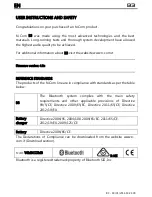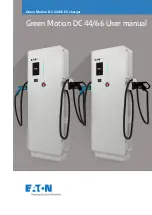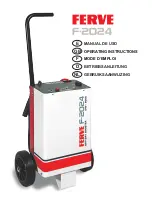
6-49
When It’s Time for New Tires
Replace your tires when the tread depth is down to 1/8
of an inch (3.2 mm) for the front tires, or 1/16 of an inch
(1.6 mm) for a rear tire. Also, you need a new tire if:
D You can see cord or fabric showing through the
tire’s rubber.
D The tread or sidewall is cracked, cut or snagged deep
enough to show cord or fabric.
D The tire has a bump, bulge or split.
D The tire has a puncture, cut or other damage that
can’t be repaired well because of the size or location
of the damage.
CAUTION:
Mixing tires could cause you to lose control while
driving. If you mix tires of different types
--
like
radial and bias
-
belted tires
--
the vehicle may not
handle properly, and you could have a crash. Be
sure to use the same type of tires all around.
When you replace tires, make sure they are the same
size, load range, speed rating and construction type
(bias, bias
-
belted or radial) as your original tires.
Wheel Alignment and Tire Balance
The wheels on your vehicle were aligned at the
factory to give you the longest tire life and best
overall performance.
Proper front wheel alignment must be maintained in
order to ensure efficient steering, good directional
stability, and prevent abnormal tire wear. If you notice
unusual tire wear or your vehicle is pulling one way or
the other, the alignment may need to be reset. If you
notice your vehicle vibrating when driving on a smooth
road, your wheels may need to be balanced.
Summary of Contents for C-Series 2001
Page 1: ......
Page 100: ...2 56 The Instrument Panel Your Information System...
Page 238: ...6 36 Single Axle Models...
Page 312: ...7 34 Maintenance Record DATE ODOMETER READING SERVICED BY MAINTENANCE PERFORMED...
Page 313: ...7 35 Maintenance Record DATE ODOMETER READING SERVICED BY MAINTENANCE PERFORMED...
Page 314: ...7 36 Maintenance Record DATE ODOMETER READING SERVICED BY MAINTENANCE PERFORMED...
















































